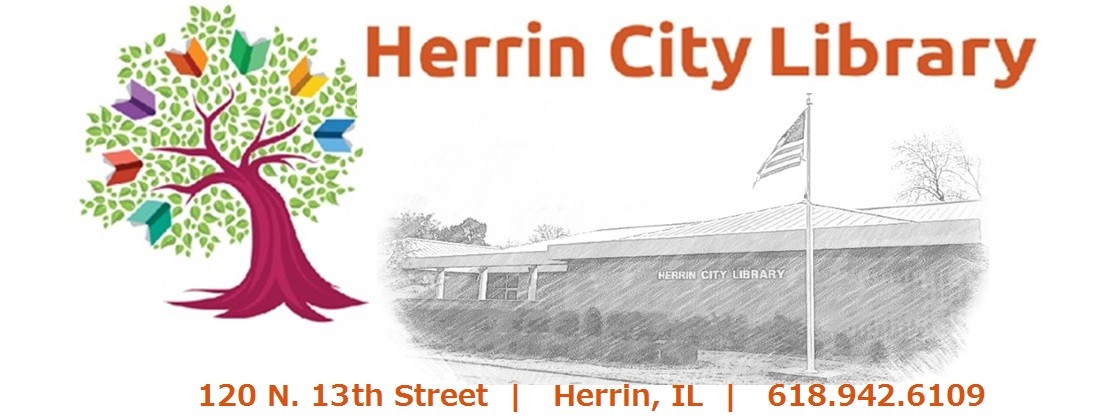CAR & VEHICLE SCIENCE EXPERIMENTS
Cars are great subjects for science experiments because they are built to move. Cars need fuel to power their engines. The engine turns the gasoline into mechanical energy that moves the gears. The gears turn the wheels, and then the car moves. It may seem like magic, but cars really move by using the laws of science. That’s why science experiments use model cars to explain the science of movement, like the ideas of motion and rest, force and friction, and action and reaction.
An object, like a toy car, that is moving will continue to move unless something stops it. You can test this theory by putting a small object, like a penny, on the car. Roll the car into a wall with enough force for the car to stop. What happens to the penny? It falls off the car but keeps moving after the car crash. The penny only stops moving when it hits the floor.
You can learn about force and friction by using a paper or toy car, a ramp, and a marble. Roll the marble down the ramp so it hits the car at the bottom of the ramp. You can see that the vehicle moves from the force of the marble. The action of the wheels, or bottom of car, against the surface causes friction, and eventually, the car will stop moving. You can roll a toy car over different kinds of floors and surfaces, like rugs, grass, gravel, or concrete, and see that the car moves faster or slower depending on the amount of friction caused by the surface. Rough surfaces create more friction than smoother surfaces.
Another rule about motion is that every action has an equal and opposite reaction. You can test this theory by making a balloon car. Attach a balloon to a toy car, blow it up, and then release the air. The action is the air moving out of the balloon and away from the car. The opposite reaction is the movement of the car. The Mentos soda car experiment is another fun way to test action and reaction. Tape the soda bottle to a skateboard. Carefully pour Mentos candy into the bottle and cap it loosely, then set the car down. Use a hammer to knock the cap off. The explosive candy-and-soda combination is the action; it shoots out of the bottle and propels the car the other way, which is the reaction.
Science can be fun, but the only way to test this theory is to try some experiments. Don’t forget to think about safety, and don’t try any experiments with real, life-size cars!
The Downhill Race Game: Roll objects down a hill to test speed and acceleration in this experiment.
Design a Paper Car: Exploring the Scientific Method: High-schoolers can learn how to calculate speed with a homemade paper car and ramps.
Science for Kids: Exploring Ramps and Friction: This physics activity is aimed at the pre-kindergarden age range. Kids use toy cars, wood planks, and rubber mats to create friction.
Fun Science Experiment: Marble-Powered Cars: Kids can use paper and marbles to experiment with velocity and friction.
Battery-Operated Model Car Experiments: With a few battery-powered cars, kids can do a lot of activities to learn about science.
Magnetic Car Experiment: Discover how to make a matchbox car and then use it to test the repelling force of magnets.
Lesson: Rubber Band Racers: Learn how to power a car using rubber bands.
Use Science to Make a Fast Pinewood Derby Car: A NASA scientist gives step-by-step instructions for building a pinewood derby car.
Candles and Cars: Did you know that candles and cars have something in common? Light a candle and find out.
Hot Wheels Lab: Does the height of a ramp make a Hot Wheels car go farther? Find out by doing this experiment.
Coke and Mentos Rocket Car: A skateboard car, candy, and soda create a rocket car in this fun experiment.
